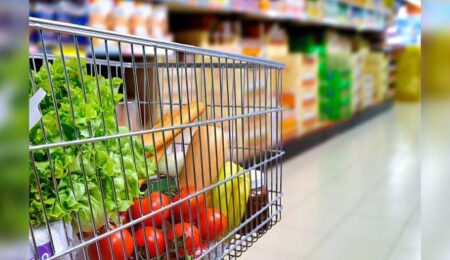Gas flaring is a common practice in Nigeria’s oil and gas industry, as in many other countries where oil extraction takes place. The associated gas released during oil production is often seen as a byproduct and is not always easy or cost-effective to capture. As a result, it is burnt through flaring. Flaring persists to this day because it is relatively cheaper. However, this comes at a huge cost. Gas flares are not only detrimental to people’s health and environment but also have adverse economic effects.
In Nigeria, gas flaring costs the country billions of Naira in lost revenue annually. Nigeria lost N891 billion to gas flaring in 18 months, according to data from the Nigerian Oil Spill Monitor, an arm of the Nigerian Oil Spill Detection and Response Agency. The Nigerian government has made efforts to reduce gas flaring in the country, including imposing penalties on oil companies that engage in the practice. However, progress has been slow, and many communities and the country at large continue to suffer the consequences of gas flaring.
A recent report by the National Oil Spill Detection and Response Agency (NOSDRA) revealed that the Federal Government will impose a $49m (N22bn) fine on oil and gas firms operating onshore for flaring 24 billion Standard Cubic Feet of gas valued at about N40b ($86m) between January and February 2023.
The report said companies flared 19.14 billion SCF of gas in January and 14.04 billion in February 2023, contributing 1.3 million tonnes of carbon dioxide emission, with a power generation potential of 2,500 gigawatts hours.
On the other hand, companies operating offshore flared 25.8 billion SCF of gas valued at $90 million; capable of generating 2,600 gigawatts hours of electricity and had an equivalent of 1.4 million tonnes of carbon dioxide emission.
NOSDRA named Shell, Chevron Nigeria, Addax Petroleum, Famfa Oil, and Elf Petroleum. Other affected companies include Mobil Producing Nigeria, and Nigerian Petroleum Development Company, among others companies that will pay gas flaring fines for the period highlighted.
Nigeria is missing out on a great opportunity.
Presently the World Bank says Nigeria is one of the nine countries responsible for the most global gas flaring in 2022. Russia, Iraq, Iran, Algeria, Venezuela, the United States, Mexico, Libya, and Nigeria account for nearly three-quarters of flare volumes and just under half of the global oil production.
Although Nigeria has set gas flaring deadlines, it has never been able to meet this goal. The country initially set a target to end gas flaring by 1984, which was later extended to 2008. In 2018, the government announced a new deadline of 2020 to end routine gas flaring, but this target was also not met. It has now set an ambitious target for 2025 to end the environmentally unfriendly act.
Over the years, the amount of gas flaring has reduced commendably, but the country remains very vulnerable to the adverse effect of gas flaring. As Nigeria continues to miss gas flaring deadlines, huge revenue is lost.
For example, the fine levied against International Oil Companies (IOCs) to reduce or eliminate the practice of curb gas flaring is often evaded. In 2018, the Nigerian government increased the penalty for gas flaring from $0.03 to $2.00 per thousand cubic feet of gas flared. However, despite the implementation of penalties, gas flaring has persisted, and fines have not always been paid. The country loses as much as N258b yearly due to oil companies evading the gas flare penalty. And one reason for this evasion is that the corruption and lack of transparency in the regulatory and enforcement agencies have also contributed to the evasion of fines.
The flaring process involves a monumental waste of a valuable natural resource. This wasted gas could displace dirtier energy sources, increase energy access in some of the world’s poorest countries, and provide many countries with much-needed energy security if put to productive purposes. Experts believe could be a huge revenue trove worth billions of dollars if well harnessed for use as liquefied natural gas or for plastics or fertilizers. Its energy potential could feed the national grid and be used to generate power and electricity, which around 80 million Nigerians do not have access to, according to the World Bank.
Understanding this huge potential, in 2016, the Nigerian Gas Flare Commercialisation Programme, a gas-to-power initiative of the federal government identified over 170 flare sites that collectively flare 330 billion scf annually. It had the lofty ambition for an investment of $3.5 billion that could generate 2.5 gw of power, create 300,000 jobs, provide clean energy to 6 million households and 450,000 mt of liquefied petroleum gas to over 4 million households, and reduce annual CO2 emissions by 20 million tons. Sadly, it is yet to achieve its mandate.
If necessary measures are not put in place and policies enforced, Nigeria will continue to suffer the consequences of gas flaring in its oil and gas industry, which has adverse effects on the health and environment of communities and the economy of the country. The country needs to prioritize efforts to end gas flaring and promote the productive use of gas flares.





